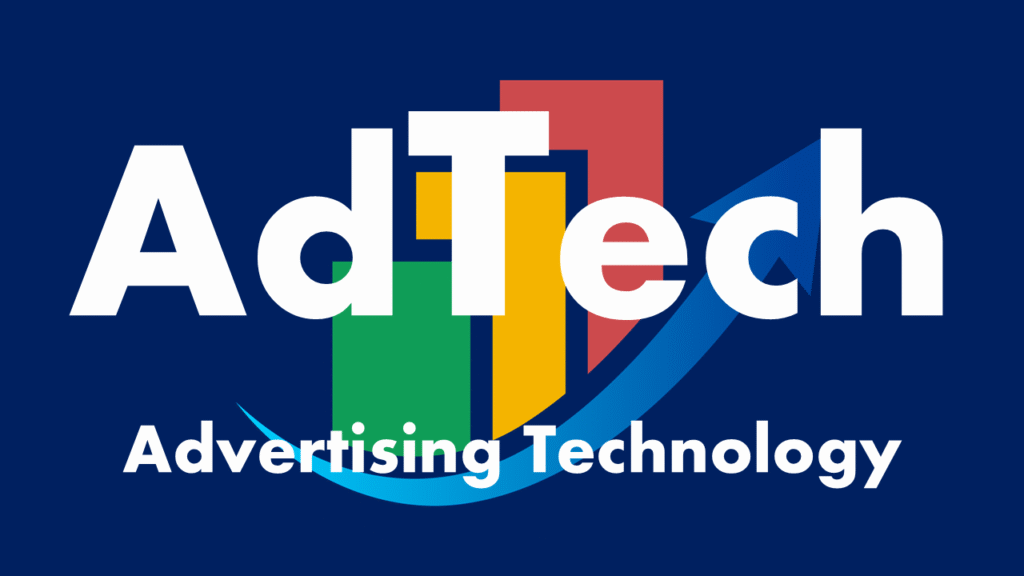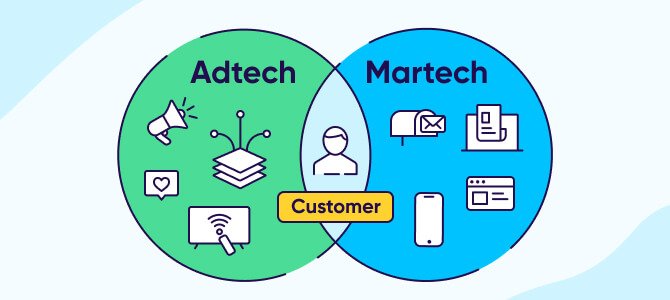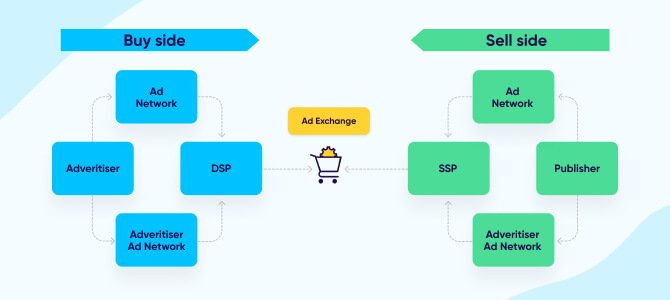The Changing Landscape of AdTech: What Marketers Need to Know
The advertising industry has undergone a seismic shift over the past decade, and at the heart of this transformation is AdTech—a powerful convergence of data, automation, and algorithms. In 2025, AdTech is not just a buzzword; it’s the engine driving digital marketing success.

What Is AdTech?
AdTech, short for advertising technology, refers to the tools and software advertisers use to deliver, manage, and analyze digital advertising campaigns. This includes everything from demand-side platforms (DSPs) and supply-side platforms (SSPs) to data management platforms (DMPs) and customer data platforms (CDPs).
In simple terms: AdTech connects advertisers with the right audience at the right time, using data as the bridge.

Key Trends Shaping AdTech in 2025
1. The Cookieless Future Is Here
Google’s phasing out of third-party cookies has forced the industry to rethink how it tracks and targets users. Solutions like first-party data, identity graphs, and contextual advertising are gaining traction. Brands that invest in transparent data collection and user consent are poised to lead.
2. AI-Powered Personalization
AI is not only optimizing ad placement but also customizing creative in real-time. Machine learning models now analyze user behavior, preferences, and historical interactions to deliver hyper-personalized ads—boosting ROI and engagement.
3. Retail Media Networks Are Booming
Retail giants like Amazon, Walmart, and Target have turned their platforms into advertising powerhouses. Retail media now rivals traditional programmatic channels, giving brands direct access to high-intent consumers.
4. Privacy-Centric Measurement
As data privacy regulations like GDPR and CCPA evolve, marketers are turning to incrementality testing, clean rooms, and differential privacy to measure ad effectiveness without compromising user trust.
5. Convergence of AdTech and MarTech
The line between marketing and advertising tech continues to blur. Unified customer profiles are allowing brands to align media buying with lifecycle marketing strategies—creating seamless experiences across touchpoints.

How Marketers Can Stay Ahead
- Invest in First-Party Data: Build and nurture direct relationships with your customers.
- Embrace Automation: Leverage AI for real-time bidding, dynamic creative, and smart attribution.
- Be Transparent: Prioritize privacy and clear consent mechanisms.
- Test and Learn: Use A/B testing and clean rooms to validate strategies in a privacy-compliant way.
Conclusion
AdTech in 2025 is smarter, more privacy-focused, and deeply integrated into the digital ecosystem. For marketers, the challenge lies not just in adopting new tools—but in using them responsibly and strategically. The brands that do will shape the future of advertising
AdTech FAQ

1. What is AdTech?
AdTech (Advertising Technology) refers to the software and tools used to plan, execute, and measure digital advertising campaigns. This includes platforms like DSPs, SSPs, DMPs, and more.
2. How does programmatic advertising work?
Programmatic advertising automates the buying and selling of digital ad space using real-time bidding (RTB). Algorithms analyze data to match the right ads with the right users, all in milliseconds.
3. What is the difference between AdTech and MarTech?
AdTech focuses on paid media—tools for advertising across channels like display, video, and search. MarTech centers on owned and earned media, including email marketing, CRM, and content management.
4. Why are third-party cookies going away?
Due to growing privacy concerns and regulations like GDPR and CCPA, browsers are phasing out third-party cookies. They’re being replaced by privacy-first alternatives like first-party data, contextual targeting, and identity frameworks.
5. What are DSPs and SSPs?
- DSP (Demand-Side Platform): A tool that allows advertisers to buy digital ad inventory in real time.
- SSP (Supply-Side Platform): A tool that helps publishers manage and sell their ad inventory to DSPs.
6. What is a CDP and how is it different from a DMP?
- CDP (Customer Data Platform): Stores first-party customer data from multiple sources to build unified customer profiles.
- DMP (Data Management Platform): Gathers anonymized third-party data primarily for audience segmentation and ad targeting.
7. How can advertisers adapt to a cookieless world?
Advertisers should:
- Focus on collecting first-party data.
- Use contextual and cohort-based targeting.
- Explore clean rooms and privacy-safe analytics.
8. What is a retail media network?
A retail media network is an advertising platform operated by a retailer (like Amazon or Walmart) that allows brands to place ads on the retailer’s digital properties, targeting users close to the point of purchase.
9. What are clean rooms in AdTech?
Clean rooms are secure environments where advertisers and platforms can match user data without directly sharing personally identifiable information (PII), ensuring privacy compliance.
10. How is AI used in AdTech?
AI powers many AdTech functions, including:
- Audience segmentation
- Dynamic creative optimization
- Budget allocation
- Real-time bidding
- Predictive analytics


